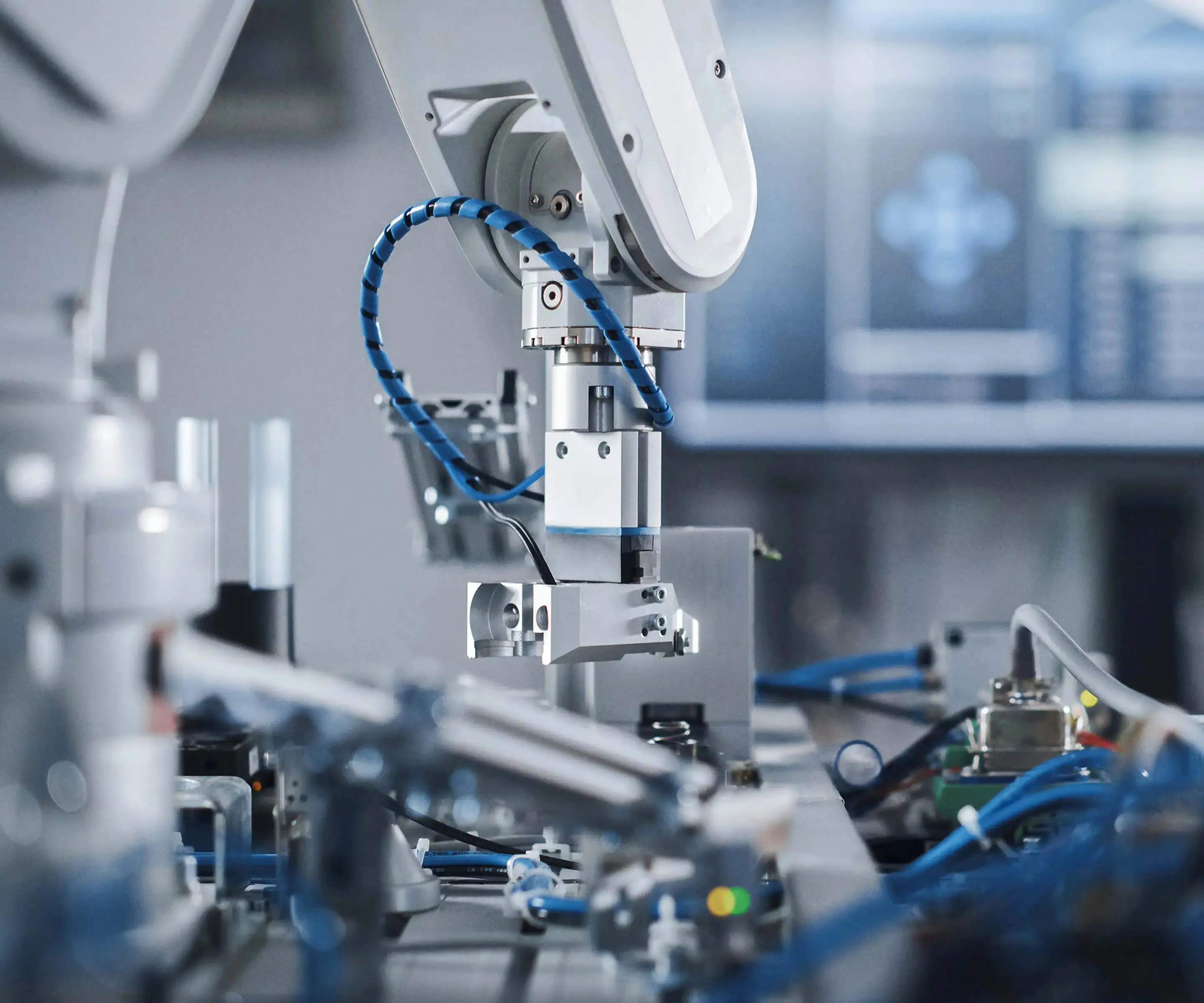In the ever-evolving landscape of modern machinery and automation, one duo stands out for its remarkable versatility and performance: the BLDC motor with a gearbox. This combination isn’t just about turning wheels or spinning blades; it’s about creating a symphony of precision, power, and efficiency that transforms how machines interact with their environment. Whether you're deep into robotics, designing the next-generation electric vehicle, or automating manufacturing processes, understanding the inner workings and advantages of this combo can unlock a new level of innovation.

The Marvel of the BLDC Motor Brushless DC motors have taken center stage in recent years due to their impressive performance characteristics. Unlike traditional brushed motors, BLDCs eliminate the brushes and commutator, which are typically the parts that wear out fastest. This design difference means fewer maintenance requirements, increased lifespan, and improved reliability. The use of electronic controllers allows for precise speed and torque control, making BLDCs ideal for applications demanding accuracy.
At their core, BLDC motors work by electronically commutating the electromagnets inside the motor, ensuring that magnetic poles keep attracting and repelling in a controlled manner. This results in smooth and efficient operation, converting electrical energy into mechanical motion with minimal losses. Their high torque-to-inertia ratio and quick response make them the preferred choice for high-performance applications.
Why Pair a BLDC with a Gearbox? While BLDC motors are inherently powerful and precise, their raw torque and speed aren’t always directly suited to the performance needs of every application. This is where a gearbox comes into play. Think of the gearbox as the motor’s trusted translator, converting high-speed, low-torque input into low-speed, high-torque output — tailored for the task at hand.
Imagine a robotic arm that needs to delicately place objects or lift heavy components. The BLDC motor moves swiftly and efficiently, but to execute precise, forceful movements, it needs a gear reduction to dial down the speed and boost torque. This synergy results in more accurate control, increased load capacity, and better energy efficiency.
Types of Gearboxes Used with BLDC Motors Gearboxes come in a variety of configurations, each suited for specific needs. The most widely used types in conjunction with BLDC motors include:
Planetary Gearboxes: Known for their compact size, high torque density, and excellent load distribution, planetary gearboxes are a favorite in robotics and automation. Their multi-stage design allows for significant gear reduction with minimal footprint.
Helical Gearboxes: Offering smooth operation and high efficiency, helical gearboxes are suitable for applications requiring higher speeds and quieter operation.
Worm Gearboxes: These provide high gear ratios in compact sizes, along with a self-locking feature. They are often employed in positioning systems where back-driving needs to be prevented.
The Magic of Gear Ratios Choosing the right gear ratio is a balancing act. A high gear ratio (e.g., 100:1) dramatically reduces the rotational speed while increasing torque. Conversely, a lower ratio preserves more of the motor's speed but offers less torque multiplication.
Selecting the optimal gear ratio depends on the intended application. For example, industrial robots performing fast pick-and-place tasks may favor lower gear ratios for speed, while heavy-duty lifting needs high gear ratios to generate sufficient force. Precise calculations and understanding the application's load, speed, and torque requirements are fundamental.
The Benefits of Combining BLDC Motors with Gearboxes The pairing offers numerous advantages, making this duo a cornerstone in advanced machinery:
Enhanced Torque and Force Capability: Gearboxes amplify the torque output of the BLDC motor, allowing it to handle heavy loads that would otherwise be beyond its direct capacity. This is especially beneficial in robotics, wheel drives for electric vehicles, or industrial machinery.
Precise Speed Control: By adjusting the gear ratios, manufacturers can finely tune the speed of the output shaft, enabling applications requiring meticulous motion control.
Improved Efficiency and Energy Savings: The combination allows for optimized power transfer, reducing energy consumption and extending operational life.
Compact and Lightweight Design: Integrating a gearbox with a BLDC motor often results in a more compact and efficient system, ideal for space-constrained applications.
Greater Flexibility: The ability to select different gear ratios allows engineers to customize solutions for specific applications, from rapid movement to high-force tasks.
Practical Applications Across Industries This powerful combination is not just a technical feat; it is a necessity across various industries. In robotics, it enables precise manipulation and movement. In electric vehicles, BLDC motors with gearboxes improve driving efficiency and performance; allowing vehicles to accelerate faster and climb steep inclines. In manufacturing, automated systems leverage this pairing to achieve high precision in assembly lines.
In healthcare, medical devices utilize BLDC motors with gearboxes for delicate and highly controlled movements. Even in consumer electronics, gadgets like electric scooters and drones use this duo for reliable, efficient operation.
Conclusion of Part 1 The marriage of BLDC motors with gearboxes symbolizes the evolution of modern engineering—creative, efficient, and adaptable. These systems exemplify how combining high-tech motor design with precise mechanical transmission can elevate tools and machines, making them smarter, stronger, and more responsive. As industries continue to seek smarter solutions, the role of this duo will undoubtedly grow, paving the way for innovations we yet can only imagine.
Kpower has delivered professional drive system solutions to over 500 enterprise clients globally with products covering various fields such as Smart Home Systems, Automatic Electronics, Robotics, Precision Agriculture, Drones, and Industrial Automation.




































